Best Mini Brewery Equipment in 2025
What is Mini Brewery Equipment?
Mini brewery equipment is essentially a scaled-down version of the systems used by large commercial breweries. It’s designed for small-scale production, making it perfect for craft beer enthusiasts, homebrewers looking to go pro, or small businesses aiming to enter the craft beer market. Think of it as the “Goldilocks” of brewing systems—not too big, not too small, but just right for producing high-quality beer in manageable batches.
Unlike homebrewing kits, mini brewery equipment is more robust, durable, and capable of producing larger quantities (typically between 1 to 10 barrels per batch). It’s the bridge between hobbyist brewing and full-scale commercial operations. Whether you’re brewing IPAs, stouts, or lagers, this equipment gives you the flexibility to experiment while maintaining consistency and quality.
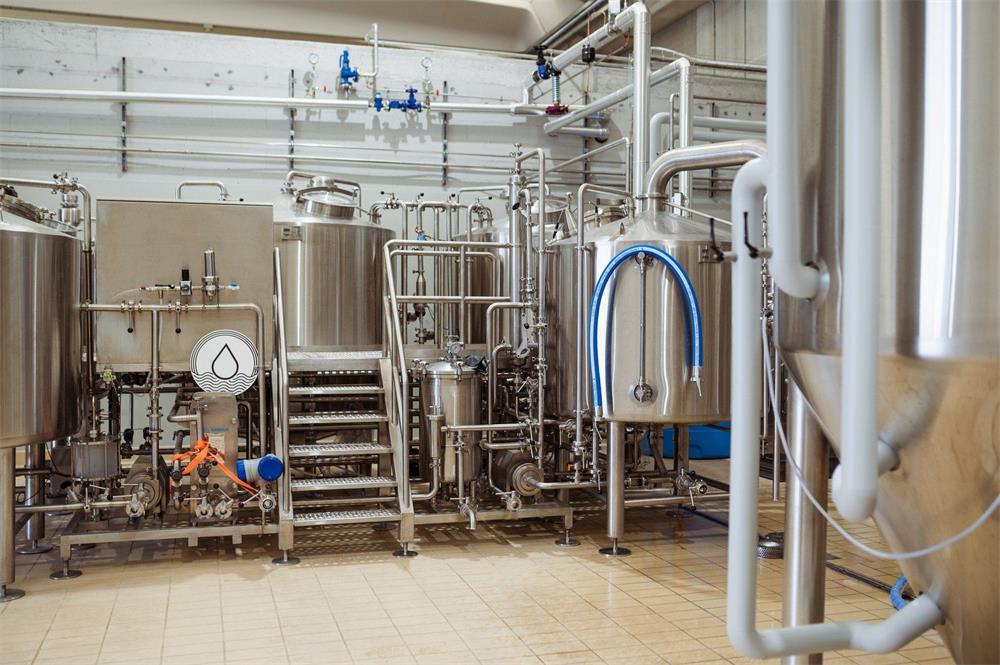
How Does Mini Brewery Equipment Work?
At its core, mini brewery equipment follows the same basic principles as any brewing system. It’s all about transforming raw ingredients—water, malt, hops, and yeast—into delicious beer. But how does it all come together? Let’s break it down step by step:
- Mashing: The process begins with mashing, where crushed malt is mixed with hot water in a mash tun. This activates enzymes that convert starches into fermentable sugars. Think of it as making a giant pot of oatmeal—except this oatmeal will eventually become beer!
- Lautering: After mashing, the liquid (now called wort) is separated from the grain husks in a lauter tun. This step ensures you get a clear, smooth wort free of solid particles.
- Boiling: The wort is then transferred to a brew kettle, where it’s boiled and hops are added. Boiling sterilizes the wort, extracts flavors from the hops, and helps concentrate the sugars.
- Fermentation: Once boiled, the wort is cooled and transferred to a fermentation tank. Here, yeast is added, and the magic happens. The yeast consumes the sugars, producing alcohol and carbon dioxide. This is where your beer starts to take shape.
- Conditioning: After fermentation, the beer is moved to a conditioning tank (or bright tank) to mature. This step allows flavors to develop and any remaining sediments to settle.
- Packaging: Finally, the beer is carbonated and packaged into kegs, bottles, or cans, ready to be enjoyed.
Mini brewery equipment streamlines these steps into a compact, efficient system that’s easy to operate, even for beginners. It’s like having a mini version of a commercial brewery right in your backyard or garage.
Key Components of a Mini Brewery System
A mini brewery system is made up of several essential components, each playing a critical role in the brewing process. Here’s a closer look at what you’ll need:
| Component | Function | Why It’s Important |
|---|---|---|
| Mash Tun | Mixes malt with hot water to convert starches into sugars. | The foundation of your beer’s flavor and alcohol content. |
| Lauter Tun | Separates wort from grain husks. | Ensures a clear, smooth wort for better-tasting beer. |
| Brew Kettle | Boils the wort and extracts hop flavors. | Sterilizes the wort and adds bitterness, aroma, and flavor. |
| Fermentation Tank | Converts wort into beer using yeast. | Where the magic happens—yeast turns sugars into alcohol and CO2. |
| Conditioning Tank | Matures the beer, allowing flavors to develop. | Enhances the beer’s taste and clarity. |
| Heat Exchanger | Cools the wort before fermentation. | Prevents off-flavors and ensures yeast health. |
| Pumps and Pipes | Transfers liquids between vessels. | Keeps the brewing process smooth and efficient. |
| Control Panel | Automates temperature, timing, and other processes. | Makes brewing easier and more consistent. |
Each of these components works together like a well-oiled machine, ensuring your beer turns out just the way you want it.
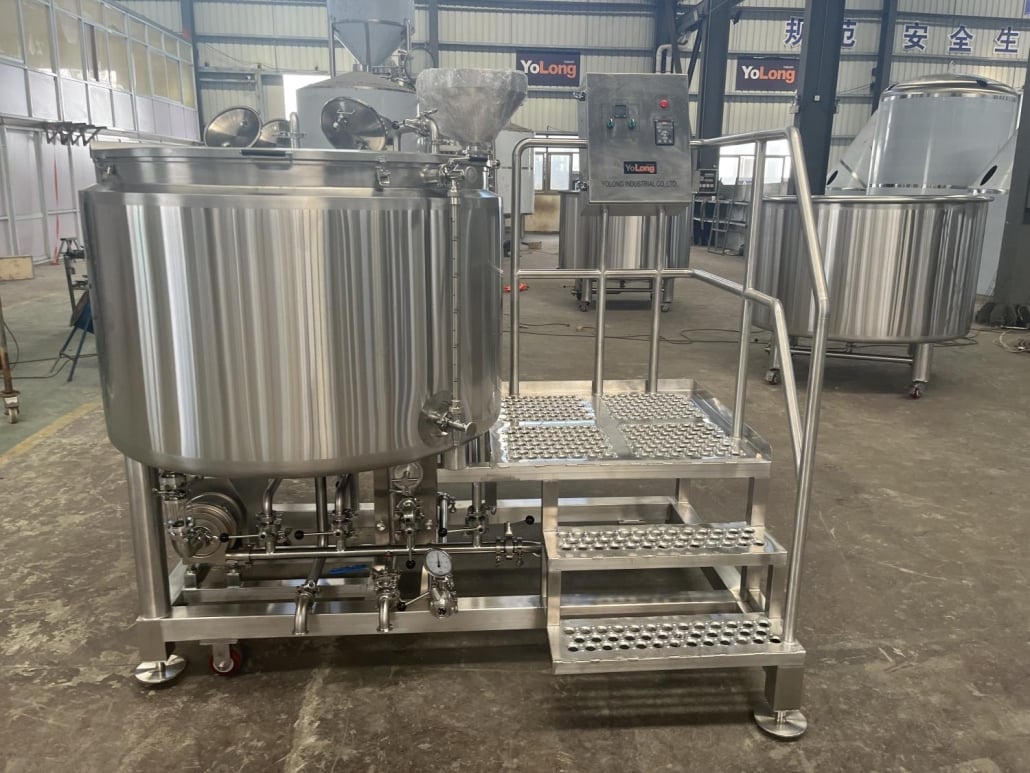
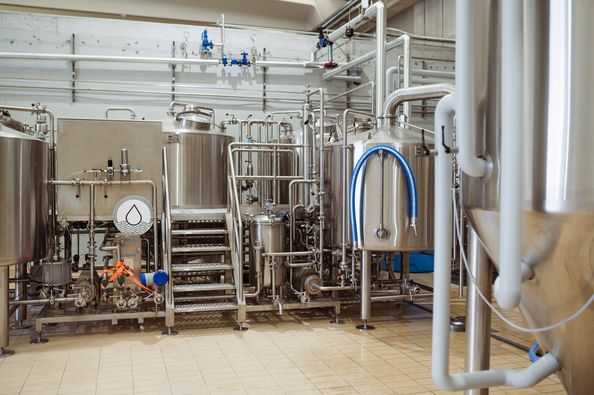
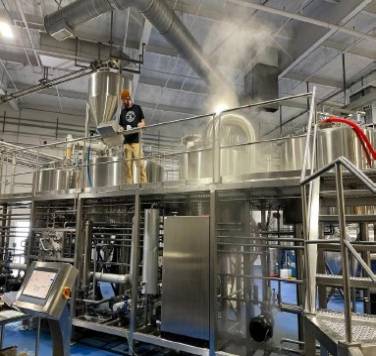
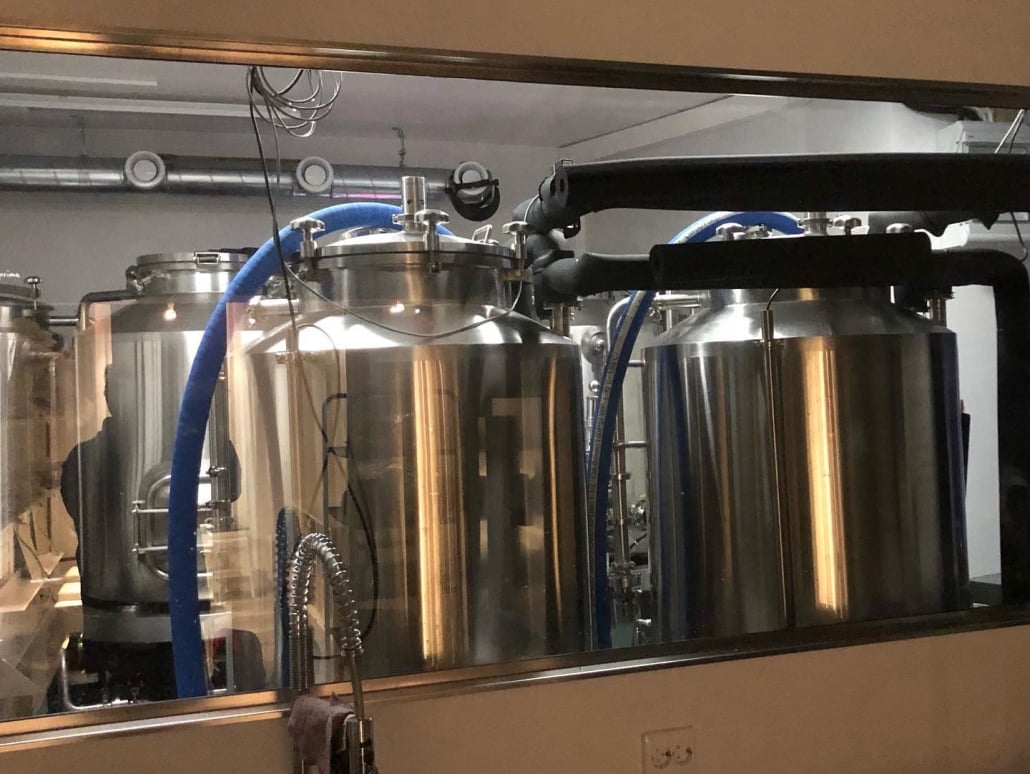
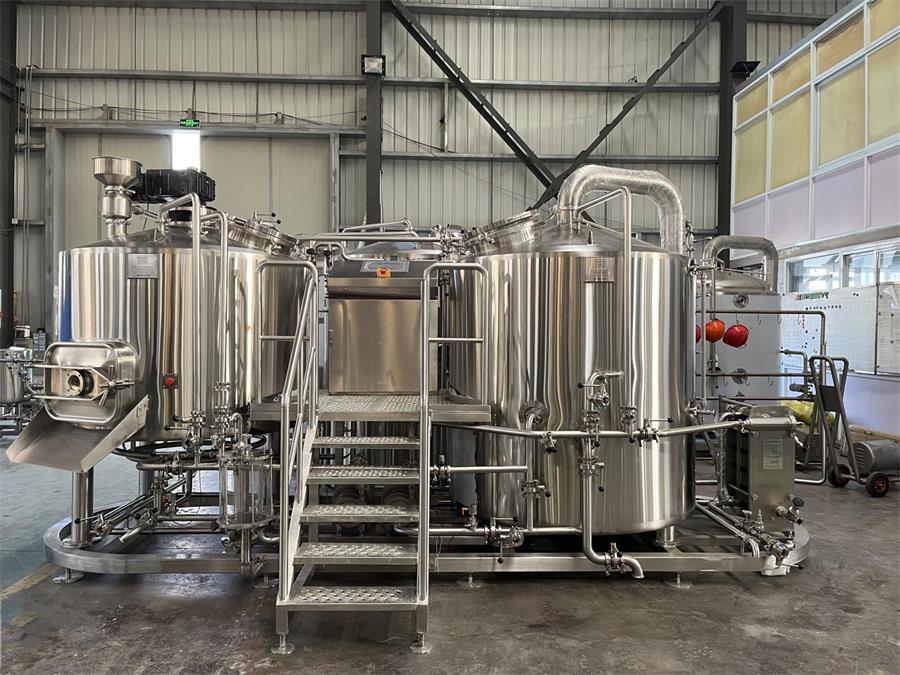
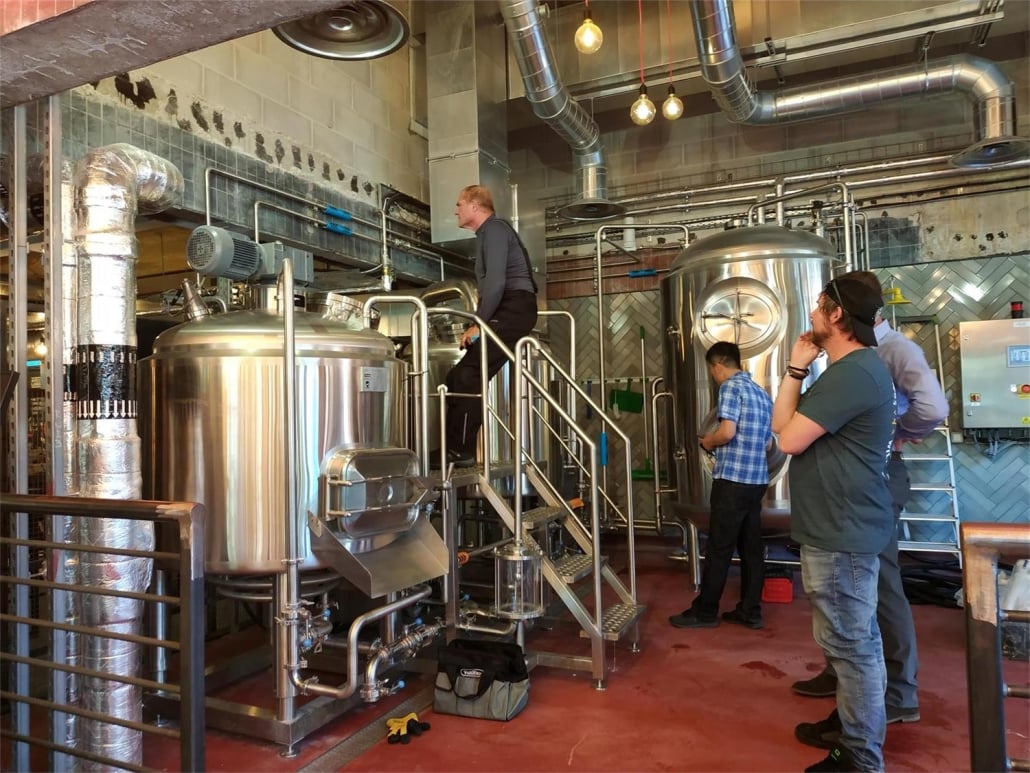
How to Choose the Best Mini Brewery Equipment?
Choosing the right mini brewery equipment can feel like navigating a maze. With so many options out there, how do you know which one is right for you? Here’s a handy table to help you make an informed decision:
| Factor | What to Consider | Why It Matters |
|---|---|---|
| Batch Size | How much beer do you want to produce per batch? (1 barrel = 31 gallons) | Determines the scale of your operation and your potential revenue. |
| Space Requirements | How much space do you have available? | Ensures the equipment fits comfortably in your brewing area. |
| Budget | What’s your budget for equipment, installation, and maintenance? | Helps you avoid overspending while still getting quality equipment. |
| Material | Stainless steel vs. copper—what’s your preference? | Affects durability, heat conductivity, and ease of cleaning. |
| Automation Level | Do you want a fully automated system or a manual one? | Impacts ease of use and consistency in brewing. |
| Brand Reputation | Are you buying from a reputable brand with good customer reviews? | Ensures reliability and access to customer support. |
| Expandability | Can the system be upgraded as your business grows? | Future-proofs your investment. |
By considering these factors, you can narrow down your options and find the perfect setup for your needs.
Best Mini Brewery Equipment Brands in 2025
When it comes to mini brewery equipment, not all brands are created equal. Here are some of the top brands to watch in 2025:
- Blichmann Engineering: Known for their high-quality, durable systems, Blichmann is a favorite among professional brewers. Their equipment is sleek, efficient, and built to last.
- Ss Brewtech: If you’re looking for cutting-edge technology and innovative designs, Ss Brewtech is the way to go. Their systems are highly customizable and perfect for small-scale operations.
- Speidel: A German brand with a reputation for precision engineering, Speidel offers robust and reliable equipment at a reasonable price.
- Brau Supply: Specializing in all-in-one systems, Brau Supply makes brewing easy and accessible for beginners and pros alike.
- Portland Kettle Works: Known for their craftsmanship and attention to detail, Portland Kettle Works offers customizable systems that cater to your specific needs.
Each of these brands brings something unique to the table, so take your time to explore their offerings and find the one that aligns with your brewing goals.
Common Mistakes to Avoid When Buying Mini Brewery Equipment
Starting a mini brewery is exciting, but it’s easy to make mistakes along the way. Here are some common pitfalls to watch out for:
- Underestimating Space Requirements: Make sure you have enough room for your equipment, storage, and workspace. Cramped conditions can lead to inefficiencies and safety hazards.
- Ignoring Maintenance Costs: High-quality equipment requires regular maintenance. Don’t forget to factor in the cost of cleaning supplies, replacement parts, and potential repairs.
- Overlooking Automation: While manual systems are cheaper, they can be labor-intensive and prone to human error. Investing in automation can save you time and ensure consistency.
- Skipping Research: Don’t rush into a purchase without doing your homework. Read reviews, compare brands, and talk to other brewers to get a sense of what works best.
- Forgetting About Expansion: Choose a system that can grow with your business. You don’t want to outgrow your equipment within a year or two.
By avoiding these mistakes, you’ll set yourself up for success and enjoy a smoother brewing journey.
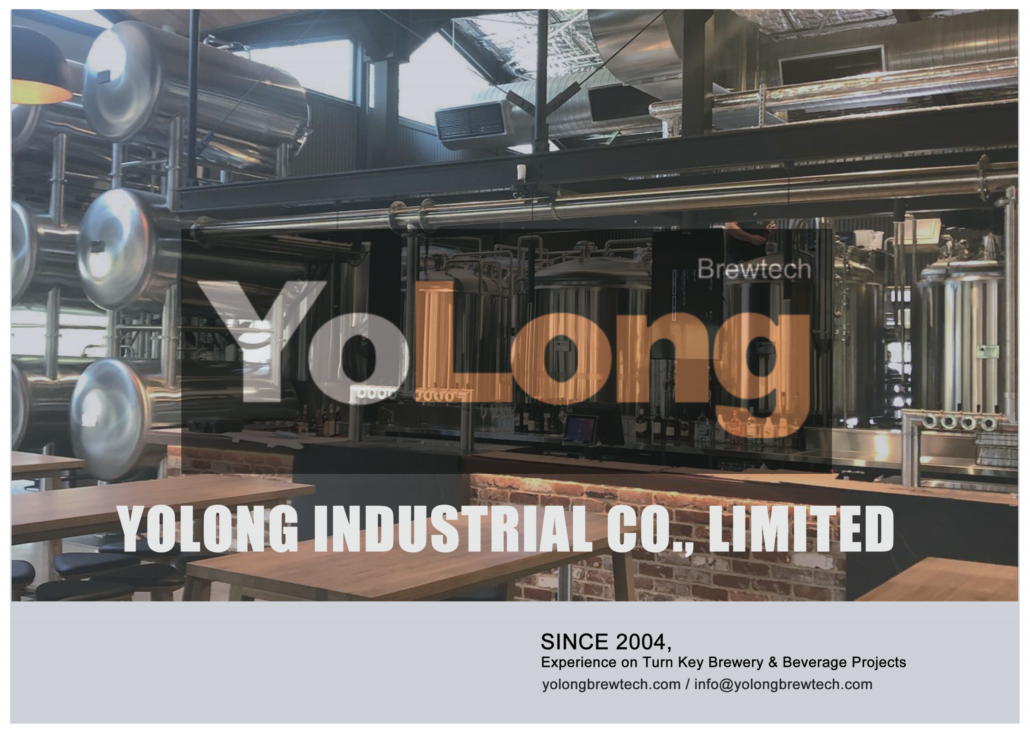
FAQ
Got questions? We’ve got answers! Here’s a quick FAQ to address some common queries:
| Question | Answer |
|---|---|
| How much does mini brewery equipment cost? | Prices range from $10,000 to $50,000, depending on the size, brand, and level of automation. |
| Can I use mini brewery equipment at home? | Yes, but make sure you have enough space and comply with local regulations. |
| How long does it take to brew a batch of beer? | Typically 2-4 weeks, including fermentation and conditioning. |
| Do I need a license to operate a mini brewery? | Yes, you’ll need a brewing license and must comply with local laws and regulations. |
| What’s the difference between stainless steel and copper equipment? | Stainless steel is more durable and easier to clean, while copper offers better heat conductivity. |
Additional FAQs About Mini Brewery Equipment (2025)
1) What batch cadence can a 3-vessel mini brewery (3–7 bbl) support?
With double-batching capability and adequate cellar space, expect 3–5 turns/week. Actual throughput depends on fermentation times, bright tank availability, and staffing.
2) Is semi-automation worth it for mini brewery equipment?
Often yes. Adding PID temperature control, pump interlocks, and programmable timers reduces variability, improves safety, and shortens training time without full PLC costs.
3) Which utilities are essential at this scale?
Three-phase power (or adequate single-phase for electric systems), gas/steam for heating, sloped floor drains, potable water with sufficient flow/pressure, dry oil‑free compressed air, and a glycol chiller sized for peak load.
4) Can mini systems produce lagers efficiently?
Yes, with precise temperature control, insulated/jacketed fermenters, and sufficient tank residency time. Horizontal lagering vessels or brite tanks can improve clarification and throughput.
5) Should I buy a canning line or start with mobile canning?
Start with mobile/contract packaging until you package ≥3–4 days/month. Define DO targets (≤40 ppb), seam specs, and QA checks in your contract.
2025 Industry Trends for Mini Brewery Equipment
- Skid-mounted, plug‑and‑play brewhouses reduce install time and commissioning risk.
- Low-oxygen best practices mainstream: closed transfers, CO2‑purged dry hopping, inline DO on brite tanks.
- Smart controls: app-connected sensors and cloud logging for temps, pressure, and cleaning cycles.
- Sustainability focus: heat recovery to HLT, VFD pumps, efficient chillers, and low-water CIP winning local rebates.
- Portfolio diversification: mini systems producing NA beers, seltzers, and RTD bases to stabilize revenue.
Benchmarks at Mini Brewery Scale (2024–2025)
| Metric | 2024 | 2025 (proj.) | Notes/Source |
|---|---|---|---|
| Startups adopting skid/turnkey mini brewery equipment | ~40% | ~55% | OEM catalogs; installer surveys |
| Use of closed transfers to brite/keg | ~50% | ~66% | QA audits; trade forums |
| App-connected fermentation controls | ~42% | ~58% | Controller OEM updates |
| Average water-to-beer ratio (hl/hl) with optimized CIP | 5.0–6.0 | 4.2–5.2 | Brewers Association benchmarking |
| Brewhouse energy intensity (kWh/hl) | 22–28 | 18–24 | BA resources; integrator data |
| Share with NA/low‑alc SKU in portfolio | ~25% | ~34% | Retailer scans; industry surveys |
Authoritative references:
- Brewers Association sustainability/benchmarking: https://www.brewersassociation.org/sustainability
- Master Brewers Association of the Americas (MBAA) Technical Quarterly: https://www.mbaa.com/publications/tq
- American Society of Brewing Chemists (ASBC) Methods: https://www.asbcnet.org
- U.S. DOE Better Plants calculators: https://www.energy.gov/better-plants
- TTB Permits Online (U.S.): https://www.ttb.gov/beer/permits
Latest Research Cases
Case Study 1: Turnkey Mini Brewhouse Cuts Install Time (2025)
Background: A 5 bbl taproom brewery had tight opening timelines and limited onsite trades.
Solution: Installed a skid-mounted 3‑vessel system with pre-plumbed glycol manifold, pre-wired controls, and remote SAT; standardized electronic batch records.
Results: First brew 15 days post-delivery; commissioning punch-list reduced ~40%; brewhouse energy intensity down ~15% (kWh/hl).
Case Study 2: Closed Transfers Improve Package Stability (2024)
Background: Crowlers and small can runs showed staling at 45–60 days with package DO >70 ppb.
Solution: Implemented CO2‑purged closed transfers, hop doser purging, brite DO checks, and cap‑on‑foam verification with mobile canner.
Results: Median package DO 28–35 ppb; freshness complaints down 35–40%; packaging loss reduced ~3%.
Expert Opinions
- Tom Shellhammer, Ph.D., Professor of Fermentation Science, Oregon State University
Key viewpoint: “From whirlpool to package, oxygen control drives flavor stability—equip mini systems for closed transfers and DO measurement.” - Mary Pellettieri, QA Consultant; Author of “Quality Management for Craft Beer”
Key viewpoint: “A minimal lab (pH, gravity, DO, micro checks) plus documented SOPs prevents costly defects and protects brand reputation.” - John Mallett, Author of “Malt”; former VP Operations, Bell’s Brewery
Key viewpoint: “Prioritize cleanability and temperature control—quality welds, proper finishes, and jacket performance beat flashy add‑ons.”
Practical Tools and Resources
- Planning and compliance
- TTB Permits Online: https://www.ttb.gov/beer/permits
- SBA financial templates: https://www.sba.gov
- Technical standards and QA
- ASBC Methods: https://www.asbcnet.org
- MBAA Best Practices/TQ: https://www.mbaa.com
- Sustainability and utilities
- Brewers Association calculators/guides: https://www.brewersassociation.org/sustainability
- DOE Better Plants tools (motors/steam/chillers): https://www.energy.gov/better-plants
- Procurement and community
- ProBrewer forums/classifieds: https://www.probrewer.com
- BrewBids marketplace: https://brewbids.com
- Process software
- Brewfather (batch/fermentation tracking): https://brewfather.app
- BeerSmith (recipes/records): https://beersmith.com
Last updated: 2025-09-30
Changelog: Added 5 targeted FAQs, 2025 benchmark table for Mini Brewery Equipment, two case studies on turnkey installs and low‑oxygen packaging, expert viewpoints, and curated tools/resources.
Next review date & triggers: 2026-03-31 or earlier if BA benchmarking updates, major OEM spec changes (skid designs/controls/DO sensing), or new utility rebate programs impact mini brewery ROI.
Share this entry
Interested in learning more about Brewing Systems including additional details and pricing information? Please use the form below to contact us!
YOLONG BREWERY EQUIPMENT FAQS
- Commercial Brewery / Craft Brewery / Microbrewery / Nanobrewery
- What is The Difference Between Craft Beer and Industrial Beer?
- The Bespoke Differences In Custom Brewing Systems
- Everything You Need to Know About Kettle Souring
- How to Choose Brewing Equipment for Your business?
- How To Choose The-Best Partner To Build Your Commercial Microbrewing System?
- Two Detection Sensors That You Need To Use In Your Brewhouse System
- Remote Control Applications in Brewing Equipment/How does it work?
- How To Clean Your Brand New Brewery Tanks?

